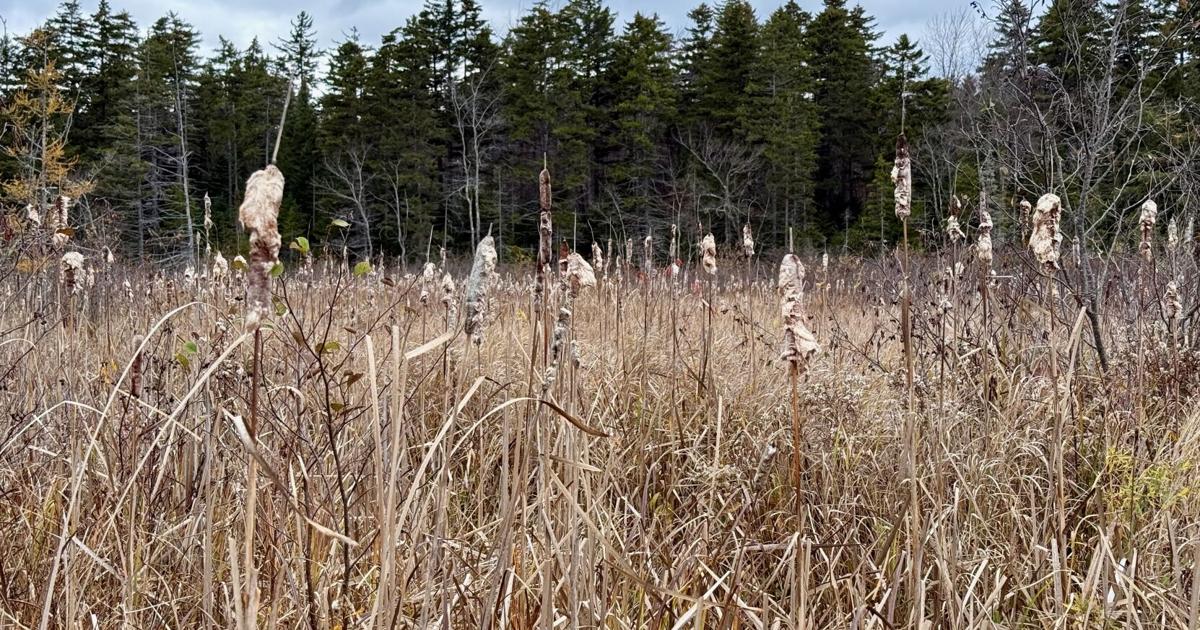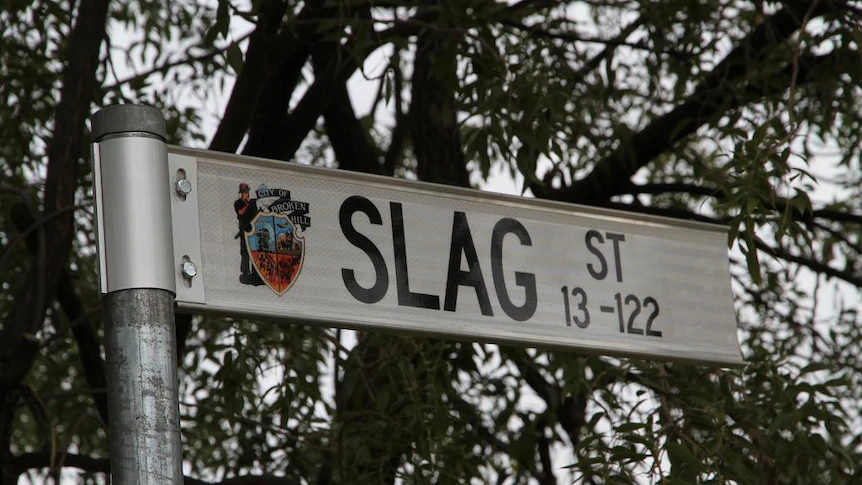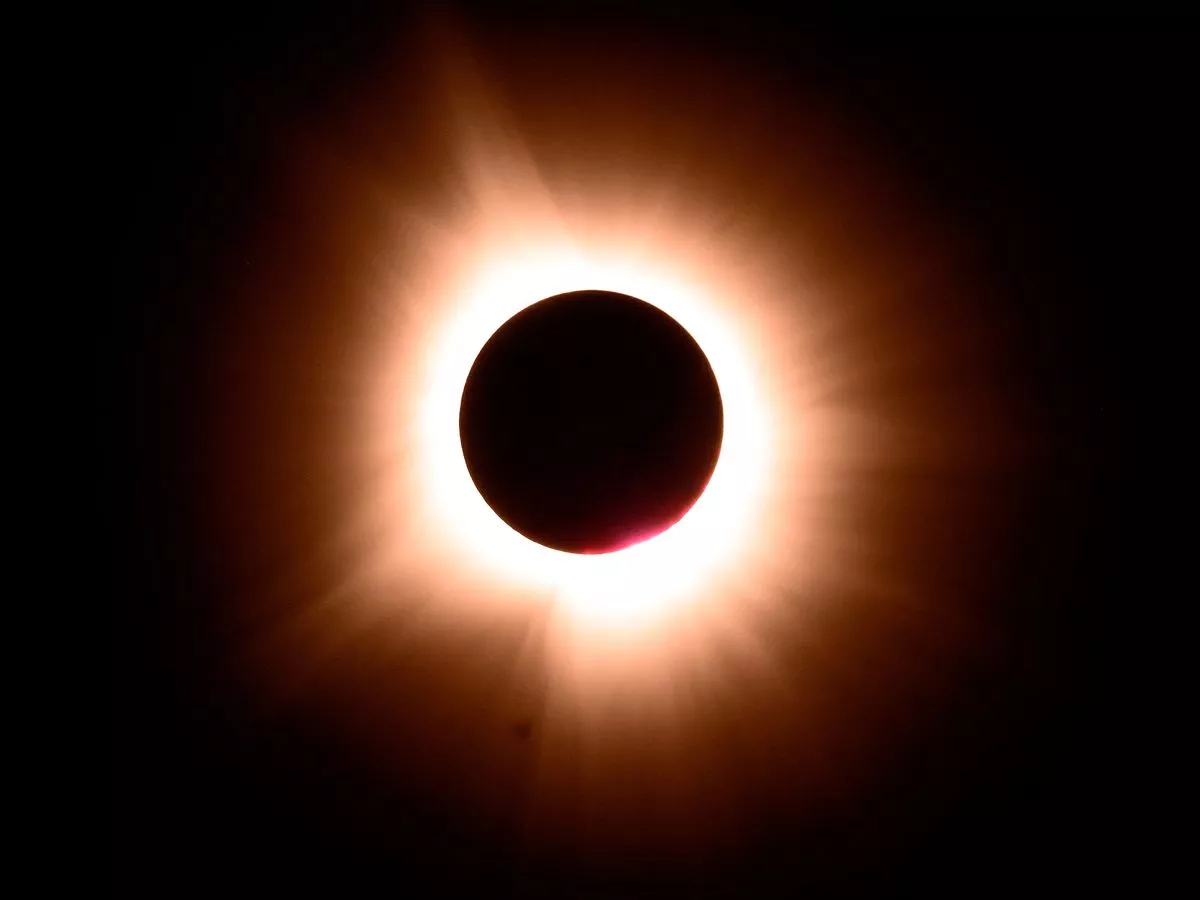Copyright berkshireeagle

I’ve recently been struck by how our country’s wider conversation is constantly circling around notions of power. Who has it, how to project it, what it looks like — though perhaps not enough about how to wield it ethically or effectively. These days, the “warrior ethos” (or at least its appearance) is all the rage. But power is not all about muscles and guns. There are other types of power: sneaky ones, gentle ones, quiet ones, even fluffy ones. My thoughts are often informed by what the nature at my doorstep serves up. The other day, I was making my way around the fields, planning outdoor chores and repairs. There was a gusty breeze, and the air was full of fluff. It was coming from one of the patches of milkweed we’ve been encouraging, for benefit of monarch butterflies. Monarchs, by the way, are to me an iconic embodiment of gentle power, flying thousands of miles on paper-thin wings to a place they’ve never known. On this day, some of the milkweed pods were spilling their seeds. Glistening white-thread parachutes would dance a few feet or yards through the air before falling onto the grass and waiting for the next gust. There is something so entrancing about the way the silky threads catch the light; this moment always stops me in my tracks and demands a photo shoot. Ah, fluff season Next to the sand arena, dandelions were simultaneously showing off their bright yellow flowers and their fluffy white orbs of seeds. In their ability to both continuously flower and set seed from spring straight through into fall, dandelions put every other fluff-producing plant I know to shame. Another form of soft power: Dandelions grow on every continent except Antarctica. A single dandelion-seed parachute can travel up to 500 miles. They do this silently, without stopping to refuel or emitting any greenhouse gasses. Sometimes, the wind that sets them flying carries a child’s wish. Invasive is one word for the species, but powerful is another. Over in the marsh, the cattails were looking disheveled and bedraggled after a recent rain, their seed fluff dropping in untidy chunks. Unimpressive to look at…but those ragged “corndog” stalks each carry a huge number of tiny seeds. Most sources estimate 250,000 per stalk. Some put the number at a million or more. Making itself useful may in fact be the cattails’ special soft power, just as long-distance flight is for dandelions. Birds such as cedar waxwings love it for lining their nests to keep eggs cradled and chicks warm and dry. Writing in Backwoods Home magazine, Kevin Duffy titled his examination of this species “The incredible cattail — The super Wal-Mart of the swamp." The whole plant is edible. The roots are the source of a natural antibiotic. Ash from burning the plant is antiseptic. The stems can be woven into shelters. And the fluff is insulating, buoyant, soft and does not clump when wet. During World War II, the U.S. could not acquire kapok (the seed fluff produced by a tree that grows in Asia and Africa), which was the usual filling for life jackets. So, cattail fluff was drafted. It retained buoyancy for 100 hours in tests. Over the course of the war, a Chicago manufacturer put millions of pounds of cattail fluff into life jackets, mattresses and pillows. For all of the fluff-producers I am seeing right now — cattails and milkweed, dandelion and goldenrod, clematis and more dandelions — their seeds’ flight is the path to colonizing new territory via soft power: silent, opportunistic, flexible, leaning into their strengths, going where the wind blows. Of course, I know that fluff will not blow up a bridge or win an election or catch all the bad guys. It's too busy saving lives, keeping baby birds warm and dry in their nest, traveling the world and spreading joy and children’s wishes.



